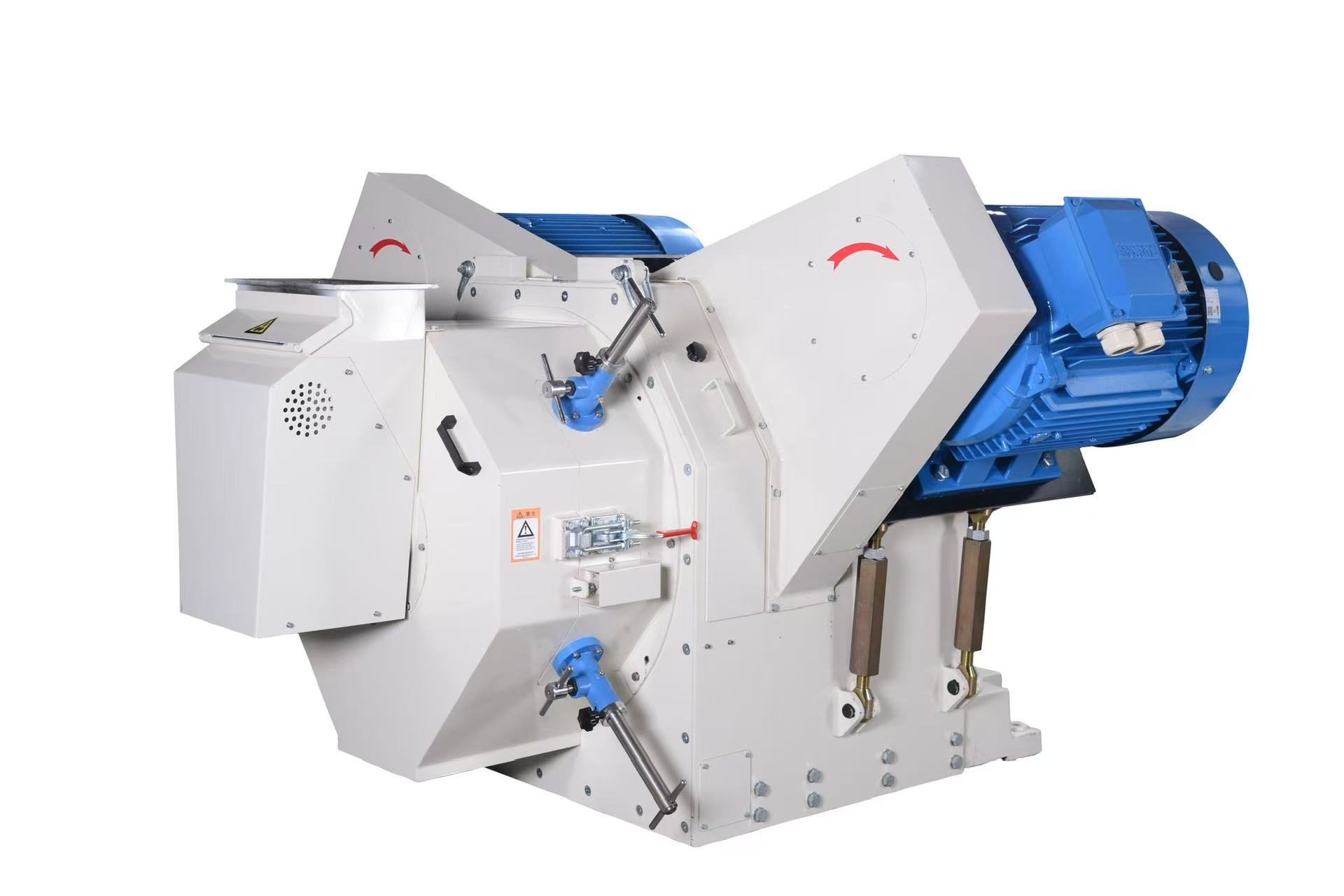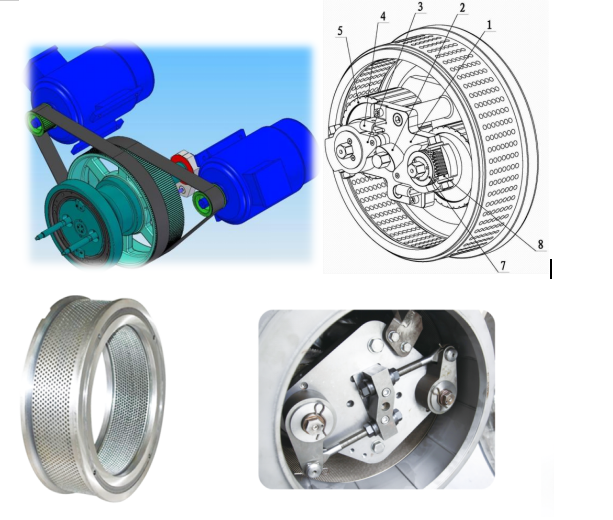-
How to choose a pellet mill?
First, choose according to what feed you make. For example, if you make pig feed, chicken feed, ruminant feed, etc., you can choose a gear-driven pellet mill because the gear transmission efficiency is higher; if you make pellet fish feed or shrimp feed, it is recommended to choose a belt-driven pellet mill. The surface of the pellet feed made by belt-driven pelleting is smoother and has fewer cracks, which is conducive to improving stability in water; secondly, choose the model according to the output.
-
What is the reason for the increased vibration of the pellet mill and the reduced output?
Check whether the bearings are damaged, check whether the gears are worn, and then check whether the formula has changed, whether the steam contains too much water, eliminate the cause and solve the problem.
-
How to calculate the steam demand based on the output of the pellet mill?
Generally, pellet feed consumes 50-60 kg of steam per ton. Considering the steam transmission loss, it is calculated as 65 kg of steam per ton of feed.
-
How to solve the problem that the pellet feed is not hard enough and contains too much powder?
First, for formula reasons, the content of binders such as flour in the formula can be increased, the fat content in the formula can be reduced, and the oil can be sprayed on the pellets to increase the hardness of the pellets and reduce the powder content. Second, the grinding fineness can be increased, and the starch gelatinization degree can be increased to increase the pellet quality. Prolonging the conditioning time can increase the starch gelatinization degree. Third, increasing the compression ratio of the ring die can increase the hardness and reduce the powder content, but it will reduce the output of the pellet mill.

